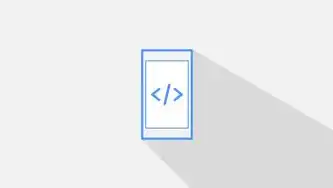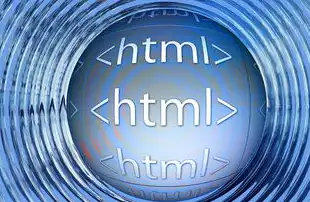Creating a captivating and engaging music website using HTML involves a blend of creativity, technical prowess, and attention to detail. This guide will walk you through the process of building a dynamic and interactive music site from scratch, ensuring that your users have a seamless experience while discovering their favorite tunes.
Understanding the Basics of HTML for Music Websites
Before diving into the specifics, it's crucial to understand the foundational elements of HTML that form the backbone of any web page. HTML provides the structure and content organization necessary for a visually appealing and user-friendly interface.
Structure with HTML5
HTML5 introduces semantic tags that enhance the accessibility and SEO-friendliness of your website. Utilize these tags to create a well-organized layout:
<!DOCTYPE html>
<html lang="en">
<head>
<meta charset="UTF-8">
<meta name="viewport" content="width=device-width, initial-scale=1.0">
<title>Music Website</title>
<link rel="stylesheet" href="styles.css">
</head>
<body>
<header>
<h1>Welcome to Our Music Website</h1>
<nav>
<ul>
<li><a href="#home">Home</a></li>
<li><a href="#about">About Us</a></li>
<li><a href="#contact">Contact</a></li>
</ul>
</nav>
</header>
<main>
<section id="home">
<h2>Discover New Music</h2>
<!-- Content goes here -->
</section>
<section id="about">
<h2>About Us</h2>
<!-- Content goes here -->
</section>
<section id="contact">
<h2>Contact Us</h2>
<!-- Content goes here -->
</section>
</main>
<footer>
<p>© 2023 Music Website. All rights reserved.</p>
</footer>
</body>
</html>
Styling with CSS
CSS is essential for making your music website visually appealing. Use CSS to style your HTML elements effectively:
body {
font-family: Arial, sans-serif;
margin: 0;
padding: 0;
}
header {
background-color: #333;
color: white;
padding: 10px 20px;
}
nav ul {
list-style-type: none;
display: flex;
justify-content: center;
}
nav li {
margin-right: 15px;
}
nav a {
color: white;
text-decoration: none;
}
main {
padding: 20px;
}
section {
margin-bottom: 40px;
}
footer {
text-align: center;
padding: 10px 0;
background-color: #f8f8f8;
}
Integrating JavaScript for Interactivity
JavaScript adds interactivity to your music website, allowing users to interact with the content dynamically:

图片来源于网络,如有侵权联系删除
document.addEventListener('DOMContentLoaded', function() {
const navLinks = document.querySelectorAll('nav a');
navLinks.forEach(link => {
link.addEventListener('click', function(event) {
event.preventDefault();
const targetId = this.getAttribute('href').substring(1);
document.querySelector(`#${targetId}`).scrollIntoView({ behavior: 'smooth' });
});
});
});
This code ensures smooth scrolling when clicking on navigation links, enhancing user experience.
Creating an Engaging Music Player Interface
A standout feature of any music website is its music player. Here’s how to create an interactive and responsive player using HTML, CSS, and JavaScript.
HTML Structure for the Music Player
Create a simple yet functional music player interface:

图片来源于网络,如有侵权联系删除
<div class="music-player">
<audio controls>
<source src="your-music-file.mp3" type="audio/mpeg">
Your browser does not support the audio element.
</audio>
</div>
Styling the Music Player with CSS
Enhance the visual appeal of the music player using CSS:
.music-player {
width: 100%;
max-width: 400px;
margin: 20px auto;
border-radius: 8px;
overflow: hidden;
}
.audio-controls {
display: flex;
justify-content: space-between;
align-items: center;
padding: 10px;
background-color: #333;
color: white;
}
.audio-progress {
width: 80%;
height: 5px;
background-color: #ddd;
position: relative;
cursor: pointer;
}
.progress-bar {
height: 100%;
background-color: #4CAF50;
width: 0%;
transition: width 0.1s linear;
}
.play-pause-button { 标签: #html音乐网站源码



评论列表